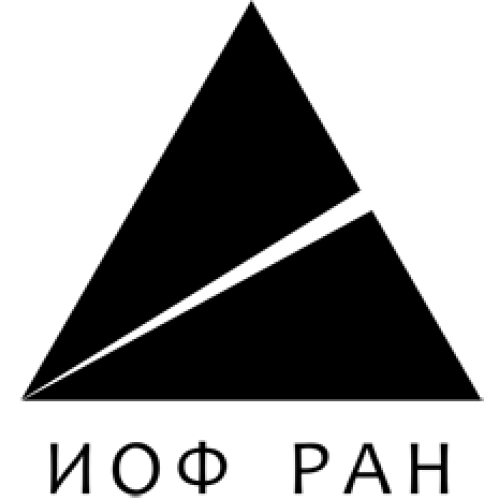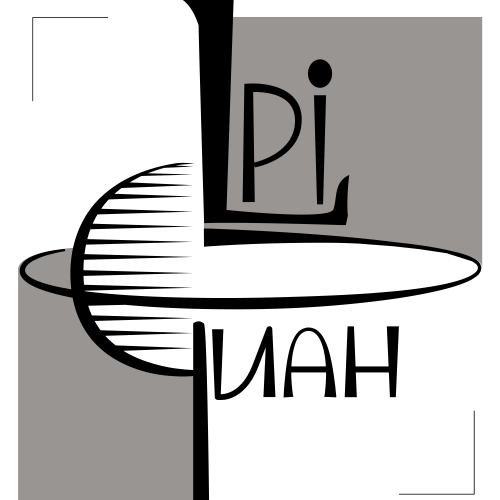Laboratory of Metallology of Non-ferrous and Light metals named after Academician A.A. Bochvar
The laboratory conducts physico-chemical studies of alloys based on aluminum, magnesium, copper and other light and non-ferrous metals, including the study of state diagrams, phase transformations in alloys during heat treatment, structural changes during plastic deformation and subsequent annealing, and features of the formation of the structure of alloys during casting under different conditions. Currently, the laboratory is also actively developing bioresorbable medical materials based on Mg, Zn and Fe. A significant place in the laboratory's work is devoted to establishing the relationship between the composition, structure of alloys and their mechanical, physical, corrosive and other properties. Taking into account the conducted research, new alloys based on light and non-ferrous metals, medical alloys, as well as technologies for their processing are being developed.
- Differential Scanning Calorimetry (DSC)
- Casting of light alloys
- Metallography
- Microscopy
- Microhardness
- Determination of electrical conductivity of metals
- Optical microscopy
- A potentiodynamic method for studying corrosion resistance
- Sample preparation for metallographic studies
- Light microscopy
- Scanning electron microscopy (SEM)
- Structural metallographic studies, including computer statistical image processing of structures and measurement of microhardness
- Brinell hardness
- Analysis and construction of phase diagrams














